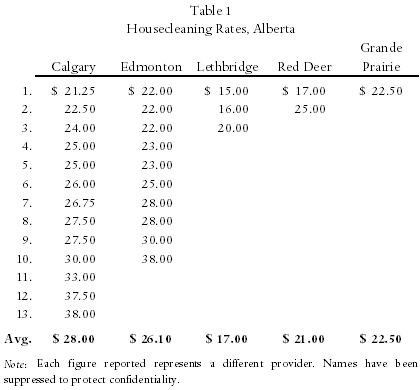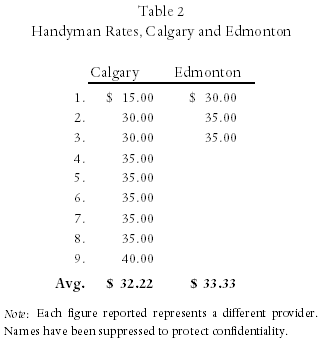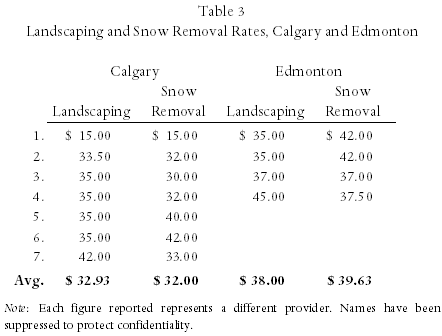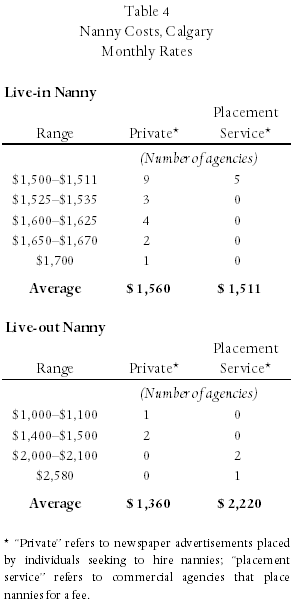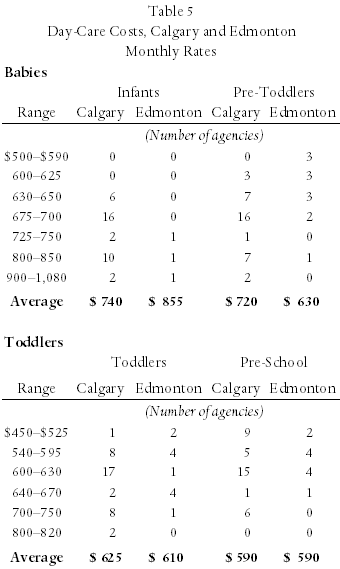This article first appeared in the summer 2006 issue of the Expert Witness.
Our readers will recall that every year or two we review our standard discount rate assumption and publish our findings. It is time to repeat this exercise.
One year ago, in the Summer 2005 issue of the Expert Witness, we reported that real rates of interest (that is, the rate of return net of inflation) had continued their downward trend. We responded by lowering our forecast of the long-term real rate of interest to three percent – a rate that was slightly higher than the observed real rate of return on long-term Government of Canada bonds, long-term real rate of return bonds, and the long-term rate mandated in Ontario. (Higher rates lead to lower present values, so our estimates can be considered conservative.)
In addition, we made a change to how we applied our discount rate assumptions in our calculations. Previously we had assumed that the plaintiff’s entire lump sum award would earn a given interest rate, regardless of the fact that part of the award might be needed to fund next year’s losses and another part might be needed to fund losses 20 years from now. Our revised approach was to assume that the plaintiff will invest part of his award in short-term investments, part in medium-term investments, part in long-term investments, and so forth. This more accurately reflects the behaviour that would be expected from a plaintiff, and it more accurately reflects the different returns he can expect from his short-term investments versus his long-term investments. [*]
In our previous article we specified our assumptions for real interest rates for periods ranging from one-year to investments of 15 years or more. Our assumptions were based on the observed rates of interest on Government of Canada bonds of various terms. We now have four more quarters of rates to observe and we see that, except for the returns on long-term bonds, rates have increased. The trend in real rates over the last ten years is depicted in the chart below.
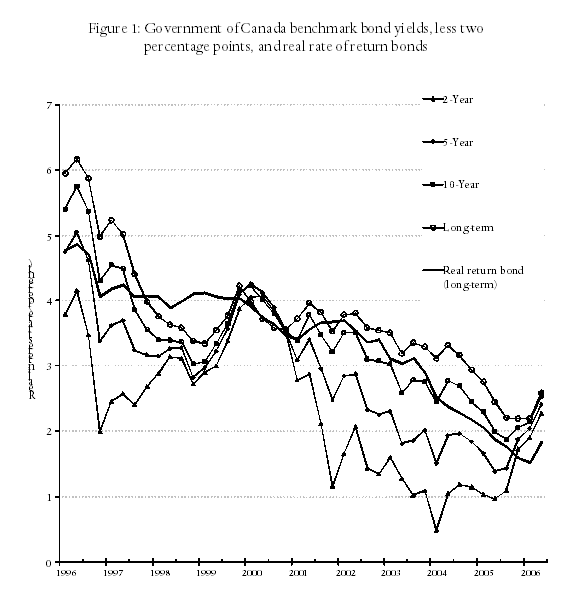
Note that to determine the real interest rate we deduct two percentage points from the “nominal” or observed interest rates to reflect inflation anticipated by investors. As the Bank of Canada has managed to keep the core rate of inflation within a small band around this target since the early 1990s, and as it has been the stated intention of not only the Bank of Canada but most other central banks (most notably that of the European Union) to keep the inflation rate at that level, there is now virtual unanimity among investors that two percent will be the long run rate of inflation in Canada. Accordingly, it can be concluded that investors have been acting as if the real rate of interest is the observed, nominal rate less two percent.
From the chart we see that most real rates began to rise with the third quarter of 2005. Long-term government bonds did not begin their rise until the second quarter of 2006 and are now only slightly higher than they were a year ago. The pattern has been similar for real rate of return bonds. Given these changes, we believe a slight increase in our shorter-term rates is warranted, though we will not change our longer-term rates. The most recent two years of real rates are shown in the table below, along with the rates that we will use in our calculations.
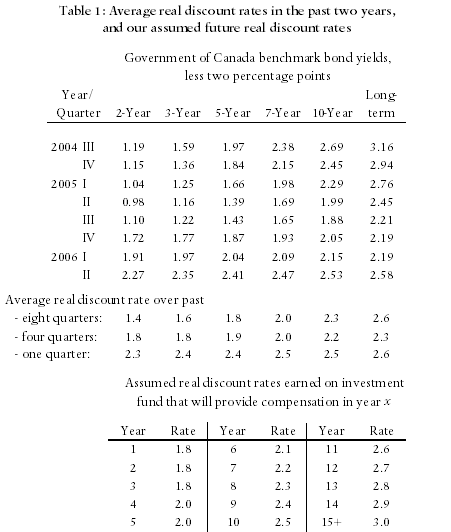
The change from the rates we have been using for the past year is very modest. Only the rates for years 1-6 have changed at all, and these changes will have a negligible impact on our calculations. The present value of losses that will end within five years will decrease by about one percent relative to our previous assumption, while losses that extend for more than five years will fall by an even smaller amount.
Although we do not show the comparable interest rates on guaranteed investment certificates (GICs), we have examined them and they are consistently lower that the rates of return on bonds. For example, the real rates on 1-year GICs are currently about one percent, while the real rate on 5-year GICs is only about 1½ percent.
Note that we are not specifically assuming that plaintiffs will invest their awards in government bonds and hold them to maturity. There are a variety of reasonable investment strategies they could pursue. We use the observed rates on government bonds as an indicator of the rates that are anticipated by large institutional investors, with billions of dollars at stake. While one might find that a forecaster is suggesting that (say) 3½ percent is the appropriate real long-term rate, this prediction is contradicted by the fact that the Government of Canada is presently able to sell its long-term bonds which offer a real return of less than three percent. (If expert institutional investors anticipated that real rates on secure investments will average, say 3½ percent over the next ten years, then they would not buy bonds that pay only 2½ percent, and the Government of Canada would be forced to adjust its bond rates.)
Over the last ten years our assumption regarding the long-term interest rate has gradually declined from 4¼ percent to three percent. This decline has been in step with the observed rates, which can be seen in the above chart. Other economists have commented on our changes, with the implication that these changes demonstrate a weakness in our methodology. Our response is that the long-term rate has been changing over the past ten years, and it is important to reflect these changes in our calculations. To do otherwise would result in us using interest rates that are inconsistent with the rates that are actually available to plaintiffs.
Even if one finds that over the past few decades, long-term real interest rates have averaged 3½ percent, that rate is not now available to plaintiffs. Today’s plaintiff seeking secure investments simply cannot obtain a guaranteed long-term rate as high as the rates that were available 10 or 20 years ago. Even if the long-term rate rises to 3½ percent in five years, it does not follow that today’s plaintiff will be able to earn a long-term rate of 3½ percent, since he will be limited to the lower rates for the first five years.
As noted, we have changed our assumptions regarding the shorter-term discount rates, but not the longer-term rates. We expect that our estimates of the long-term rate discount rate will change less frequently and to a lesser extent than our estimates of the shorter term rates. This simply reflects that shorter-term rates are inherently more volatile than long-term rates. This can be seen in these charts (Figure 2), which show the percentage point changes in the quarterly real interest rates over the last ten years.

We will re-examine our assumptions next year, and expect that some minor adjustments in our shorter-term rates may be warranted, depending on the movement of rates between now and then. As noted, minor changes in our assumptions regarding short-term interest rates will typically lead to negligible changes to our present value estimates. The assumed longer-term rates have a greater influence on our calculations, and if the rate on long-term bonds remains significantly below three percent (as it has since 2004), it may be appropriate to adjust our long-term rates as well.
Footnotes
* To illustrate the effect of this approach, note that a child plaintiff who will not experience a loss of income for ten years will manage to earn a relatively high rate of return because he will be able to invest in “long-term” investments, and he will be more likely to benefit from possible future increases in interest rates. On the other hand, an older plaintiff who will experience a loss of income over the next five years only, will not be able to benefit from long-term investments or from possible increases in interest rates. She will face the low rates available on short-term investments. [back to text of article]
![]()
